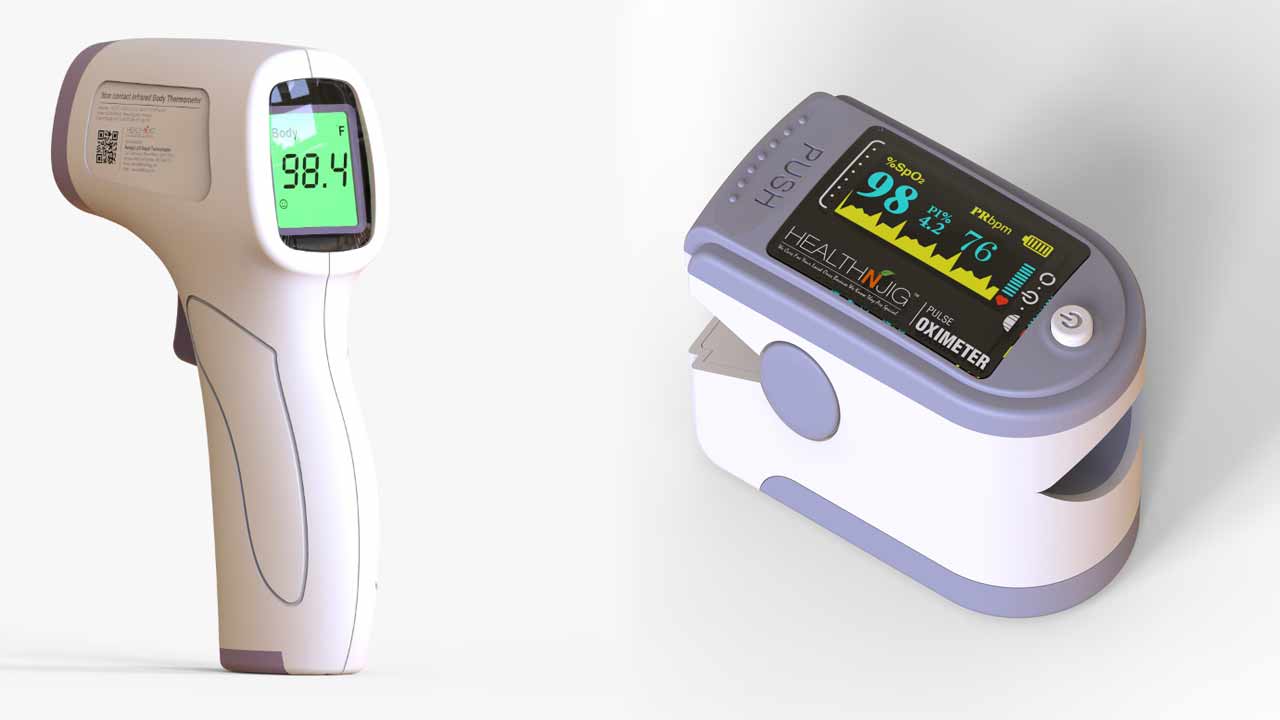Suicide is a serious public health problem and its intensity can be gauged by the fact that close to 8,00,000 people die by suicide every year. This means, every 40 seconds, someone, somewhere in the world dies by suicide. What is more worrying is that for every suicide there are many more people who attempt it. According to the World Health Organisation (WHO), for each suicide, there are more than 20 suicide attempts.
Suicide is when someone direct violence at himself with the intent to end his life and die because of the actions. During this global coronavirus pandemic, more number of people contemplated suicide. According to doctors at Columbia Asia Hospital in Gurugram, the coronavirus induced lockdown to prevent the outbreak of the COVID-19 has taken a severe toll on the mental health of the people. This is because as many as 70 per cent of patients have contemplated suicide during this period.
Close to 800,000 people die by #suicide every year. 800,000 lives lost. 800,000 families suffering.
Suicides are preventable. We can all help prevent them. https://t.co/A2yYsXrKhq #PreventSuicide #WorldSuicidePreventionDay pic.twitter.com/uvxhzU63ND
— World Health Organization Western Pacific (@WHOWPRO) September 10, 2020
“As many as 7 out of every 10 patients since the lockdown have said they felt suicidal during the lockdown. This is clearly a sharp rise from the pre-lockdown time when we usually saw such thoughts in 5 to 7 people out of every 10 patients. This is almost 70 per cent rise from March,” says Dr Shweta Sharma, Consultant Clinical Psychologist, Columbia Asia Hospital, Gurugram.
ALSO READ | World Suicide Prevention Day: From Helplessness To Inspiration
According to Dr Shweta Sharma irregular work hours, the stress of work combined with lack of personal space are some of the main reasons for this rise. “Most of them are living in the city away from their parents and families, and lack of physical meetings with friends and family have increased the stress and anxiety levels,” she added.
Suicidal thoughts refer to a psychological state where someone thinks about suicide that can range from a detailed plan to a fleeting consideration. Doctors explain that there are two kinds of suicidal ideation i.e. passive and active.
In the passive case, one wishes himself to be dead but does not actually have any plans to commit suicide. On the other hand in the active case, there is more than thinking about it. Those who have active suicidal ideation generally plan how to do it along with an intent to commit suicide.
“The majority of the cases we received since lockdown are the cases of active ideation, which means almost 70 per cent,” the doctor said.
She said that most of such patients were in the age group of 25 to 40 years. The important aspect was that more men than women reported the tendency, which indicates the growing level of anxiety and mental health problems in them.
“About half of them do not have any history of mental illness in the past. We treat such patients with medicines, counselling, or talking therapies, such as cognitive behavioral therapy (CBT). Besides, many of these patients are in regular touch outside the formal interaction period such as meetings or teleconferencing. It may take these people several months before they can go back to a healthy mental state,” says Dr Shweta Sharma.











